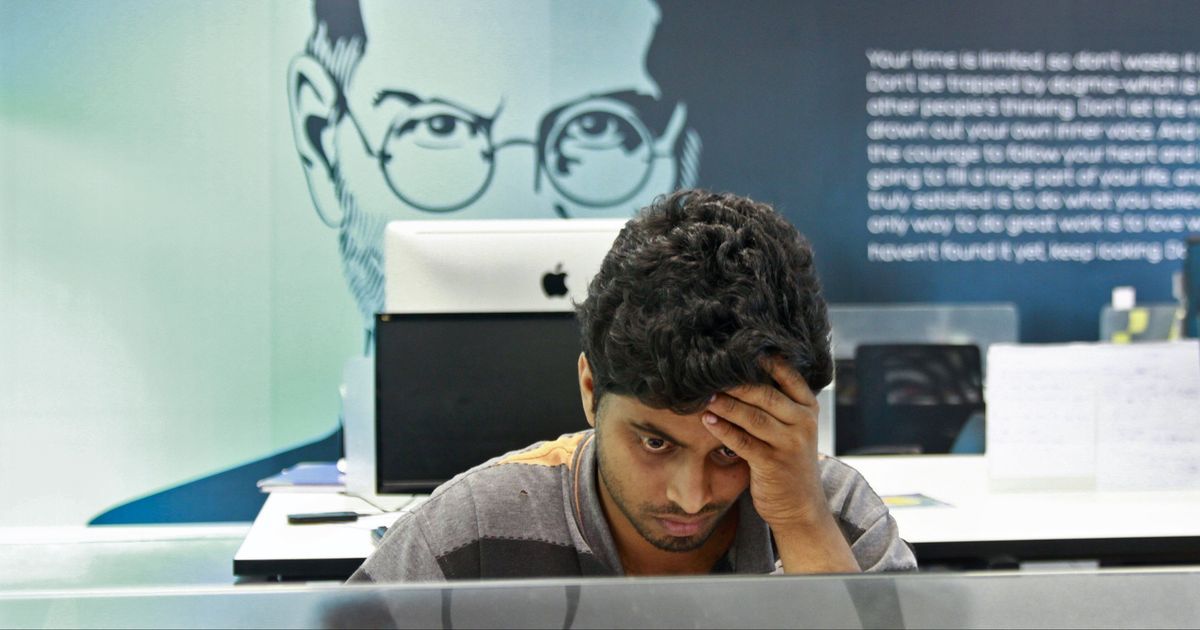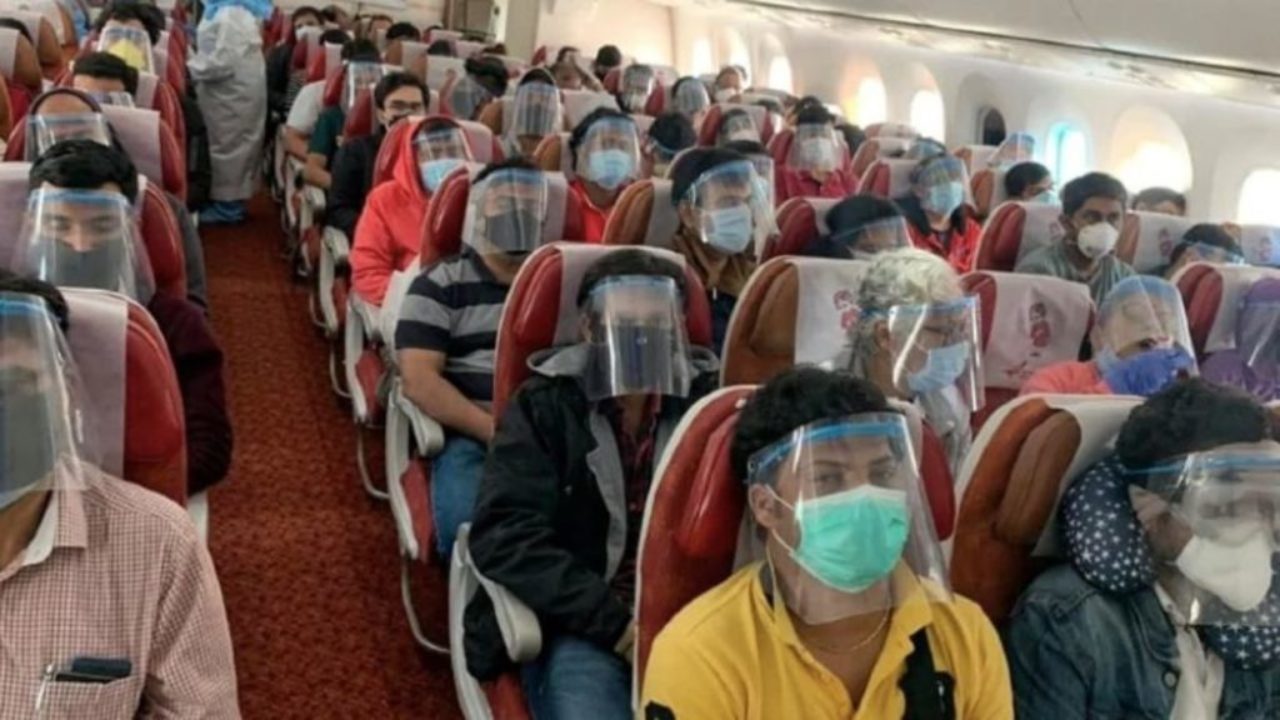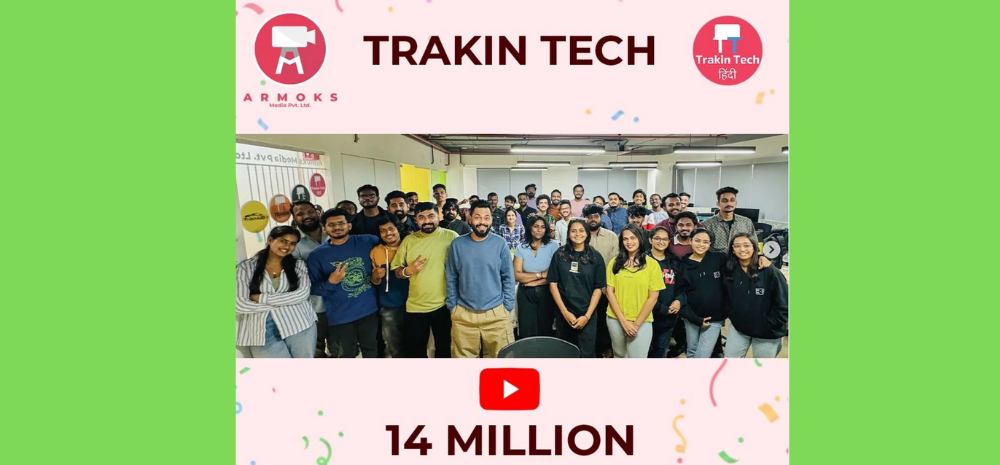This is a Guest Blog by Mr. Aarul Malviya, Founder of Zamit
In the modern era, the global educational system and its inspired outposts across the world have been a big draw for students and learners from around the world including India. Notwithstanding the recent initiatives such as the National Education Policy or NEP 2020, undertaken by the government, the outflow of Indian students for foreign education has continued with the same vigour. Indeed, there was a 68% jump in Indian students going abroad for higher education last year on a y-o-y basis. However, simultaneously, there has been a phenomenal rise and growth of the edtech industry with the Indian market touching USD 6 billion last year partly catalyzed by the pandemic.

Given the longstanding and consistent outflow, the assumption is that there is a marked gap between the offerings and value of Indian and global education systems. In that context, how can the burgeoning edtech sector in India and indeed elsewhere bridge the gap between Indian and global education?
Edtech can make distance and time zones irrelevant
First, by its very nature, edtech can eliminate the physical distance between instructors and learners. A learner in any part of India can get access to not only the best teachers in the whole world but also receive highly personalized learning experiences depending on their individual needs and aptitude. With the increased traction in multimedia and digital formats, the student can also get access to the most advanced and carefully worked out learning material from the best of mentors and the finest of universities, schools and institutes, and they can use/reuse it anytime at their convenience.
Low-cost education through edtech to attract foreign students
Second, even though India is a source country for students, it is also a destination country for many foreign students aspiring to study in our country. As one of the largest higher education systems in the world, India hosts a large number of foreign students who come here to pursue disciplines such as engineering, technology, medicine, commerce, and nursing, among others. In a globalized world that allows free trade and commerce in goods and services across borders, low-cost learning options in India are a great pull for foreign students. Last year alone, it was reported that India witnessed a 42% jump in the number of foreign students compared with the previous seven years. These students are mostly from South Asian countries and it must also be mentioned that a large number of scholarships are provided for students, especially from SAARC countries. However, aspiration is a relative term and cost is a huge factor for families even outside India. Moreover, education in the so-called developed world is particularly very expensive. So, to that extent, edtech can also reduce the costs of desirable courses for everyone.
Edtech can make curricula more globally uniform and standardised
With edtech companies and platforms making the most sought-after teachers as well as quality content and learning material available across the world, it can be safely inferred that curricula and courses in due course of time would become more uniform and take a standardised hue across educational systems and borders. Barring the need for local economic, industrial and cultural specificities, designing curricula for any discipline would account for the latest research and insights, interconnection with other related subjects, industry trends and trajectories, job requirements etc. As a result, the hitherto over-emphasis on theoretical knowledge and rote learning in the Indian educational system would be compensated by the accent on practical applications supposedly innate to the global educational systems.
Edtech can make teaching-learning tools and methodologies more consistent
Enough has been said of how the teaching-learning methods in India are different from what they are in the foreign educational systems. For instance, unlike the Indian system in which classroom engagement is more teacher-driven, the modern system promotes a more student-driven exchange. While the usage of edtech itself is a highly homogenizing factor entailing the use of online platforms, the employment of edtech in physical classroom settings would facilitate more interactive classroom sessions in India. High-tech props and gadgets including interactive whiteboards, projectors, LED/LCD panels, touchscreen displays, multimedia pens/stylus, digital textbooks, digital cameras etc. in conjunction with increased use of modern teaching aids and assessment tools would in time become more commonplace in India too. For their part, the students would also be offered more flexibility in terms of choosing their streams and subjects and would be able to pursue interdisciplinary learning on the lines of fluidity that marks the advanced systems. At the same time, edtech can also help teachers give a more accurate and long-term assessment of a student’s progress. Although it may take longer than expected, the relative grading system might also increasingly replace the absolute marks-based assessment system in India.
Therefore, edtech in various ways can bridge the gap between the Indian and the global education systems. As edtech increasingly offers AI and machine learning-based teaching, learning and assessment systems underpinned by common objectives with an international outlook, a global cohort of students as well as teachers would emerge including those from India.
















